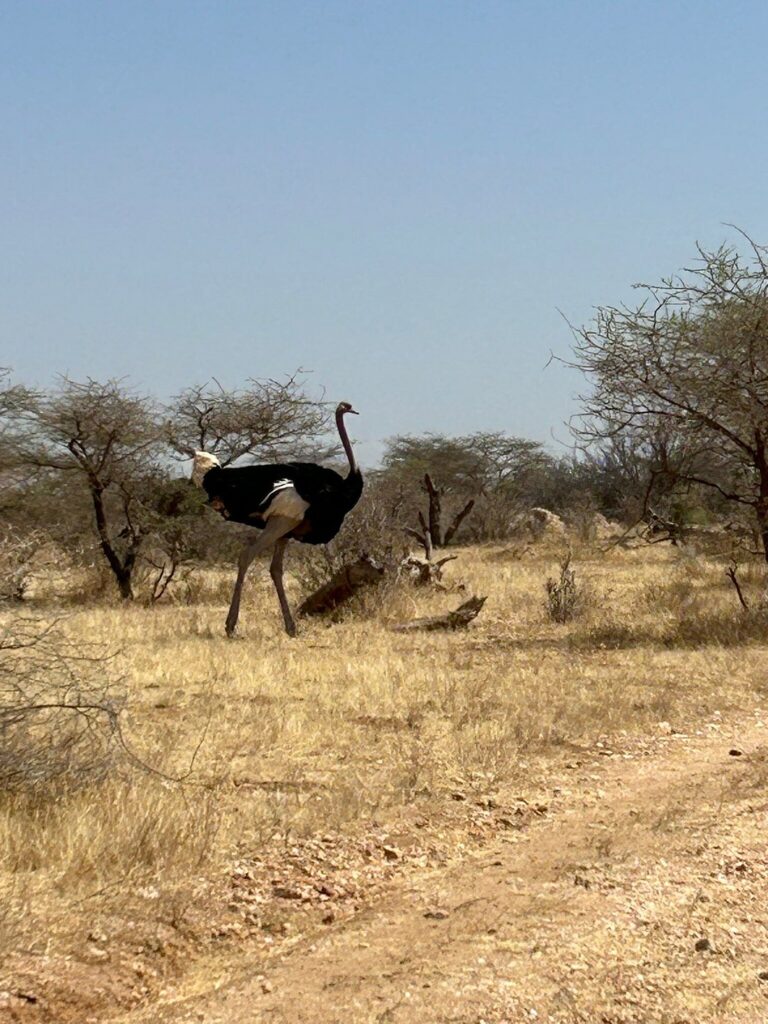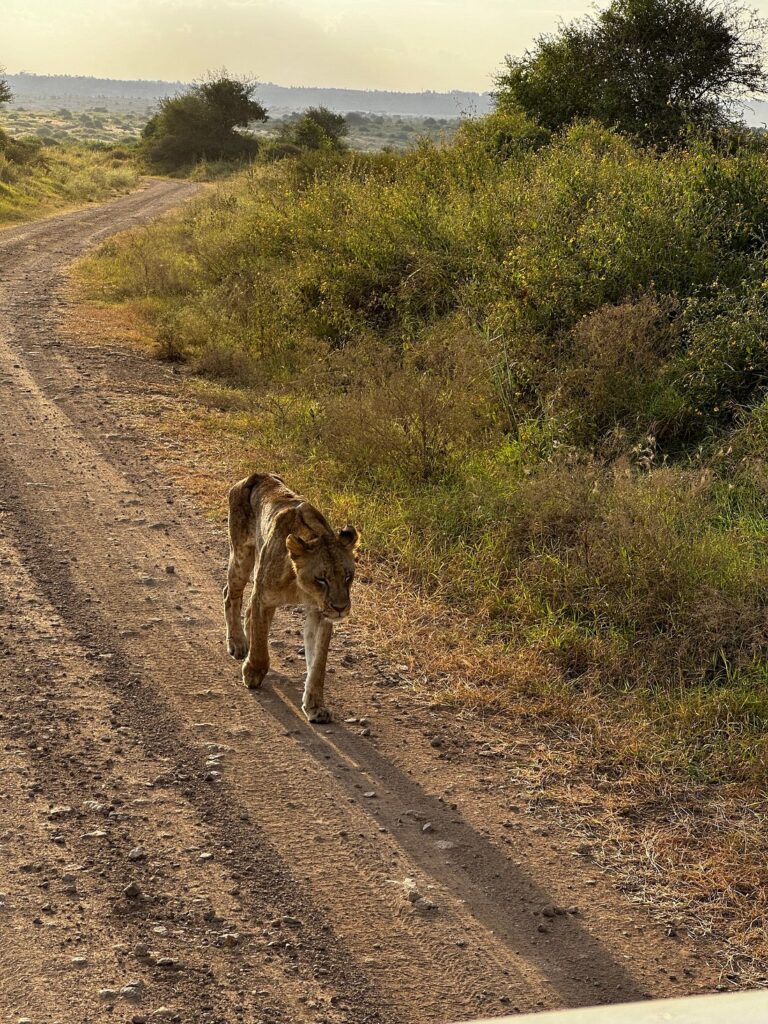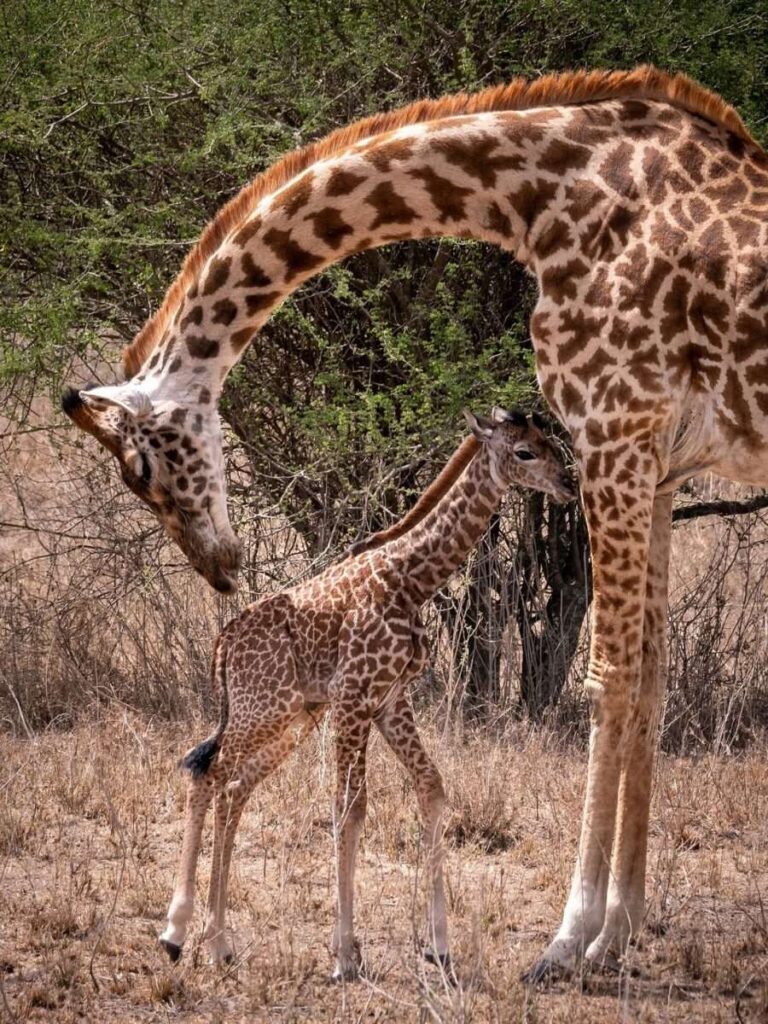Best Time to Visit Samburu National Reserve: A Complete Guide for Wildlife Safaris
Samburu National Reserve, nestled in Kenya’s semi-arid northern region, is a hidden gem offering a truly unique safari experience. Known for its rare wildlife species, including the Samburu Special Five, dramatic landscapes, and cultural encounters with the Samburu people, the reserve stands out as an unforgettable destination. Choosing the best time to visit Samburu National Reserve is key to experiencing its diverse wildlife, optimal weather, and tranquil atmosphere. Let’s explore the ideal seasons for planning your adventure.



Best Time to Visit Samburu National Reserve
A. Dry Season (June to October & December to February)
The dry season is widely regarded as the best time to visit Samburu National Reserve. With minimal rainfall and clear skies, this period provides ideal conditions for game viewing and photography.
- Why It’s the Best Time:
- Wildlife congregates around the Ewaso Ng’iro River and other water sources, offering exceptional viewing opportunities.
- Road conditions are excellent, ensuring smooth game drives.
- Perfect for spotting the Samburu Special Five: Grevy’s zebra, Somali ostrich, reticulated giraffe, gerenuk, and Beisa oryx.
During a Samburu dry season safari, you’re likely to see herds of elephants covered in red dust and predators like lions and leopards prowling the open plains. The warm, dry weather also makes it an excellent time for photography, with golden light enhancing the reserve’s rugged beauty.
B. Wet Season (March to May & November)
While the wet season is less popular for safaris, it offers its own unique advantages.
- Why It’s Still Worth Visiting:
- The reserve’s semi-arid landscape transforms into a lush, green paradise.
- Calving season provides opportunities to see young wildlife like baby zebras and oryxes.
- Excellent for birdwatching in Samburu, as migratory birds like bee-eaters and falcons arrive.
- Fewer tourists ensure a quieter and more intimate safari experience.
A Samburu wet season visit is ideal for nature lovers seeking serene landscapes and vibrant flora. However, some roads may be challenging to navigate due to heavy rains, so a guided safari is recommended.
Wildlife Viewing by Season
Dry Season Highlights
The dry season is the best time for observing Samburu’s iconic wildlife.
- What to See:
- The Samburu Special Five, including the long-necked gerenuk and Grevy’s zebra, near water sources.
- Large herds of elephants and predators such as lions, cheetahs, and leopards.
- Crocodiles and hippos along the Ewaso Ng’iro River.
During this time, the scarcity of water forces animals to congregate in predictable locations, making game drives highly rewarding.
Wet Season Highlights
The wet season brings new life to Samburu, making it an excellent time for specific experiences.
- What to See:
- Migratory birds such as African bee-eaters, falcons, and eagles.
- Calving season offers the chance to see young animals and predators on the hunt.
- Wildflowers and lush greenery create stunning backdrops for photography.
For bird enthusiasts, the wet season is a paradise, with Samburu’s diverse avian species enhanced by the arrival of migratory birds.
Frequently Asked Questions (FAQ)
Q1: What is the best month to visit Samburu National Reserve?
The best months are July to October and December to February, during the dry season when wildlife is easiest to spot.
Q2: Is Samburu worth visiting during the wet season?
Yes, the wet season is perfect for birdwatching, calving season, and enjoying lush scenery. However, wildlife can be harder to spot as animals spread out across the park.
Q3: Can I see the Big Five in Samburu?
While Samburu is home to elephants, lions, and leopards, it is most famous for its Samburu Special Five, which includes Grevy’s zebra, gerenuk, reticulated giraffe, Somali ostrich, and Beisa oryx.
Plan Your Samburu Safari
Whether you’re visiting during the dry season for optimal wildlife visibility or the wet season for lush landscapes and birdwatching, Samburu National Reserve offers an unforgettable safari experience. Known for its rare species, cultural encounters, and dramatic scenery, this reserve is a must-visit destination.
Start planning your adventure today with this Samburu safari guide, and discover why it’s one of Kenya’s most unique wildlife destinations.


